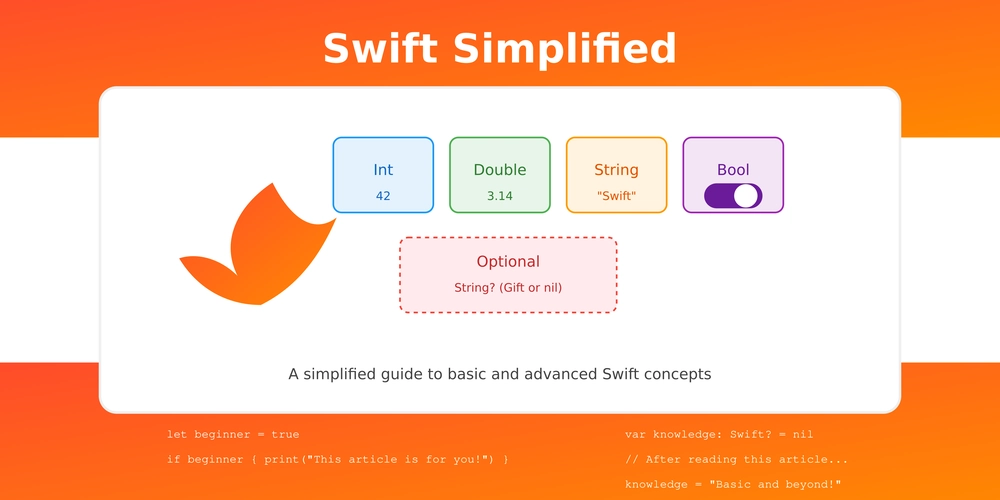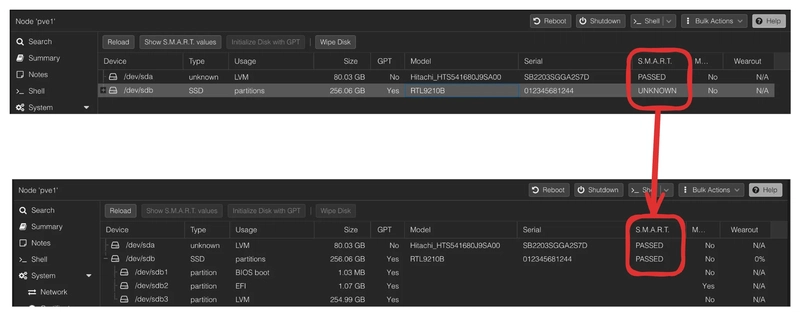10 Daily Linux Questions and Answers Series (part 10)
In this brief article, I present 10 essential Linux questions along with their answers. This foundational knowledge is crucial for anyone seeking to master Linux. Q1: How do you use cut to extract a username from /etc/passwd where UID is greater than 1000? You would use awk first to filter based on UID, then cut to extract the username. Q2: How do you display only the first 5 characters of each line from a file? cut -c 1-5 filename Q3: Can cut handle negative indexing like extracting the last column? No, cut does not support negative indexing. Q4: How do you use cut in a script to extract specific fields dynamically? You can use variables in the script to specify fields dynamically. Q5: What is the difference between cut -f and cut -c? -f extracts fields, while -c extracts specific characters. Sed Command Q6: How do you sort a file in ascending and descending order using the sort command? • Ascending: sort filename • Descending: sort -r filename Q7: How do you sort a file numerically instead of lexicographically? sort -n filename Q8: How do you sort a file based on a specific column? sort -k column_number filename Q9: How do you sort a file while ignoring case sensitivity? sort -f filename Q10: How do you remove duplicate lines while sorting? sort -u filename Stay tuned for part 11 coming tomorrow! Connect with me on LinkedIn #30DaysLinuxChallenge #RedHatEnterpriseLinux #CloudWhistler #CloudEngineer #Linux #DevOps #RedHat #OpenSource #CloudComputing #Automation #CloudEngineer

In this brief article, I present 10 essential Linux questions along with their answers.
This foundational knowledge is crucial for anyone seeking to master Linux.
Q1: How do you use cut to extract a username from /etc/passwd where UID is greater than 1000?
You would use awk first to filter based on UID, then cut to extract the username.
Q2: How do you display only the first 5 characters of each line from a file?
cut -c 1-5 filename
Q3: Can cut handle negative indexing like extracting the last column?
No, cut does not support negative indexing.
Q4: How do you use cut in a script to extract specific fields dynamically?
You can use variables in the script to specify fields dynamically.
Q5: What is the difference between cut -f and cut -c?
-f extracts fields, while -c extracts specific characters.
Sed Command
Q6: How do you sort a file in ascending and descending order using the sort command?
• Ascending:
sort filename
• Descending:
sort -r filename
Q7: How do you sort a file numerically instead of lexicographically?
sort -n filename
Q8: How do you sort a file based on a specific column?
sort -k column_number filename
Q9: How do you sort a file while ignoring case sensitivity?
sort -f filename
Q10: How do you remove duplicate lines while sorting?
sort -u filename
Stay tuned for part 11 coming tomorrow!
Connect with me on LinkedIn
#30DaysLinuxChallenge #RedHatEnterpriseLinux
#CloudWhistler #CloudEngineer #Linux
#DevOps #RedHat #OpenSource
#CloudComputing #Automation
#CloudEngineer









































































































































































![[The AI Show Episode 144]: ChatGPT’s New Memory, Shopify CEO’s Leaked “AI First” Memo, Google Cloud Next Releases, o3 and o4-mini Coming Soon & Llama 4’s Rocky Launch](https://www.marketingaiinstitute.com/hubfs/ep%20144%20cover.png)



































































































































![From fast food worker to cybersecurity engineer with Tae'lur Alexis [Podcast #169]](https://cdn.hashnode.com/res/hashnode/image/upload/v1745242807605/8a6cf71c-144f-4c91-9532-62d7c92c0f65.png?#)























![BPMN-procesmodellering [closed]](https://i.sstatic.net/l7l8q49F.png)




















































































.jpg?#)
.jpg?#)
































































































































![CarPlay app with web browser for streaming video hits App Store [U]](https://i0.wp.com/9to5mac.com/wp-content/uploads/sites/6/2024/11/carplay-apple.jpeg?resize=1200%2C628&quality=82&strip=all&ssl=1)
![What’s new in Android’s April 2025 Google System Updates [U: 4/21]](https://i0.wp.com/9to5google.com/wp-content/uploads/sites/4/2025/01/google-play-services-3.jpg?resize=1200%2C628&quality=82&strip=all&ssl=1)












![Apple Releases iOS 18.5 Beta 3 and iPadOS 18.5 Beta 3 [Download]](https://www.iclarified.com/images/news/97076/97076/97076-640.jpg)
![Apple Seeds visionOS 2.5 Beta 3 to Developers [Download]](https://www.iclarified.com/images/news/97077/97077/97077-640.jpg)
![Apple Seeds tvOS 18.5 Beta 3 to Developers [Download]](https://www.iclarified.com/images/news/97078/97078/97078-640.jpg)
![Apple Seeds watchOS 11.5 Beta 3 to Developers [Download]](https://www.iclarified.com/images/news/97079/97079/97079-640.jpg)


































































































































